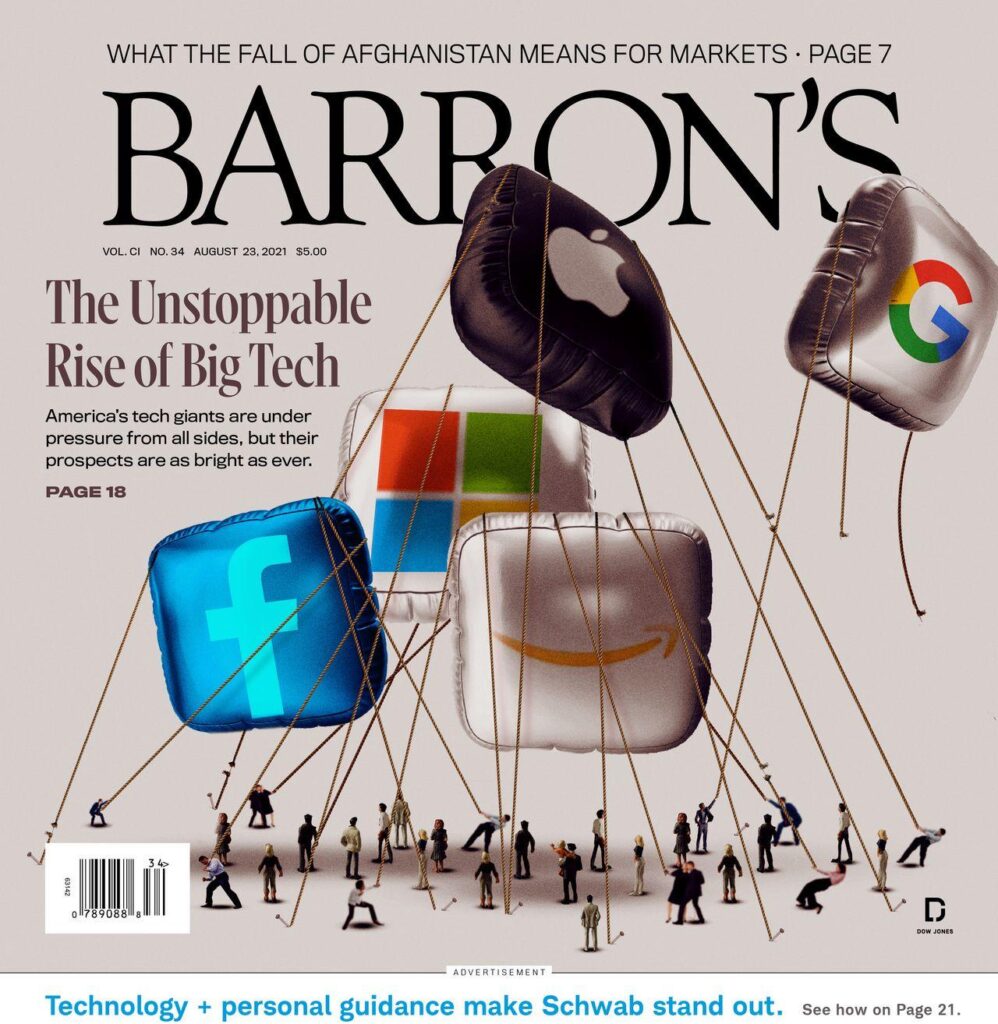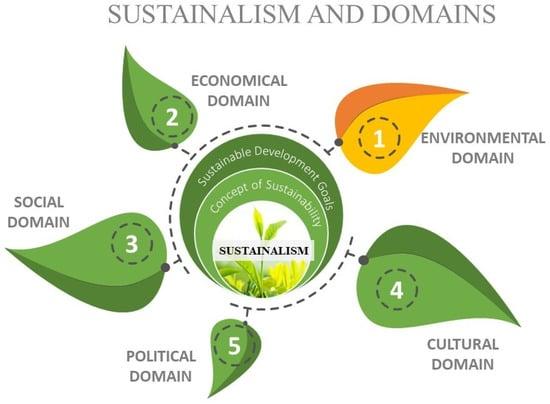The technology sector is once again driving market momentum in 2024, with industry giants spearheading a significant rally on Wall Street. Major tech companies, including the “Magnificent Seven,” continue to dominate market performance, building upon their strong showing from the previous year. This surge reflects growing investor confidence in artificial intelligence developments, cloud computing expansion, and digital transformation across industries, despite ongoing concerns about interest rates and economic uncertainties. Artificial intelligence has revolutionized numerous industries, fundamentally changing how businesses operate and interact with customers. Machine learning algorithms now process vast amounts of data, identifying patterns and making predictions with unprecedented accuracy. These systems continuously learn from new information, improving their performance over time without explicit programming.
In healthcare, AI-powered diagnostic tools analyze medical images, detecting potential abnormalities faster than human specialists. Natural language processing enables automated documentation and streamlines patient communication. Predictive analytics help identify high-risk patients and optimize treatment plans, while robotic surgical systems enhance precision during complex procedures.
Manufacturing facilities employ AI for quality control, predictive maintenance, and supply chain optimization. Smart sensors monitor equipment performance, alerting operators before failures occur. Computer vision systems inspect products at high speeds, maintaining consistent quality standards. AI-driven demand forecasting helps manufacturers adjust production schedules and inventory levels efficiently.
Financial institutions leverage AI for fraud detection, risk assessment, and automated trading. Machine learning models analyze transaction patterns, flagging suspicious activities in real-time. Chatbots handle customer inquiries, while algorithmic trading systems execute complex investment strategies at millisecond speeds. Credit scoring models evaluate loan applications using broader data sets than traditional methods.
Transportation networks benefit from AI through route optimization, traffic prediction, and autonomous vehicle development. Smart traffic management systems adjust signal timing based on real-time conditions. Delivery companies use AI to plan efficient routes and estimate arrival times accurately. Self-driving technology continues to advance, promising safer and more efficient mobility solutions.
Retail businesses implement AI for personalized marketing, inventory management, and customer service. Recommendation engines analyze shopping patterns to suggest relevant products. Computer vision powers cashierless stores, while dynamic pricing systems optimize profit margins. Customer service chatbots handle routine inquiries around the clock.
Education systems incorporate AI-powered adaptive learning platforms that adjust content difficulty based on student performance. Automated grading systems save teachers time, while predictive analytics identify students at risk of falling behind. Virtual tutors provide personalized assistance, supplementing traditional instruction methods.
Environmental protection efforts utilize AI to monitor ecosystems, predict weather patterns, and optimize resource usage. Satellite imagery analysis tracks deforestation and wildlife populations. Smart grid systems balance power distribution, reducing waste and emissions. Climate models process complex data to improve long-term forecasting accuracy.
Agricultural operations employ AI for crop monitoring, yield prediction, and precision farming. Drones equipped with computer vision systems assess plant health and irrigation needs. Automated equipment applies resources precisely where needed, reducing waste and environmental impact. Weather prediction models help farmers make informed planting and harvesting decisions.
These applications represent only a fraction of AI’s current impact, with new uses emerging regularly as technology advances and organizations discover innovative implementation methods.









